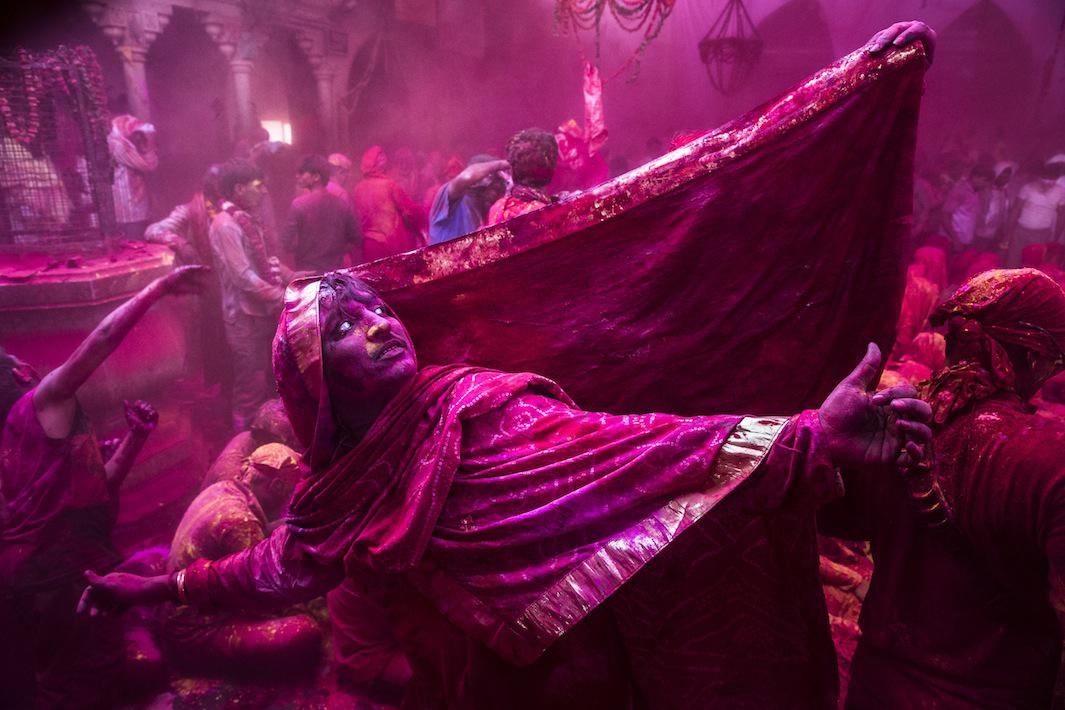In his career as a photojournalist, Daniel Berehulak has visited more than 40 countries and witnessed world-changing events including elections, wars, and disasters. The exhibition, “Daniel Berehulak: Afghanistan, India, and Pakistan,” focuses on the last five years of Berehulak’s work, and captures a wide range of the human experience, from joy to misery to hope.
Berehulak had been working as a freelancer for Getty Images covering Australian sports in 2003 when he got his first assignment in India to cover an MTV award show. His first visit to Pakistan came in 2007, when he was assigned to accompany Benazir Bhutto to her homecoming parade. In 2009, he was based in London as a Getty staff photographer when a position opened up in India. He moved there that year. “I particularly like traveling in Pakistan. Afghanistan is a fascinating country as well. India is one of those places in the world where you can walk into any house with a smile and meet people and strike up a conversation, which is pretty amazing,” he said. “There are a lot great things about these countries and there are a lot of messed up things, but that makes it that much more interesting and compelling to work there.”
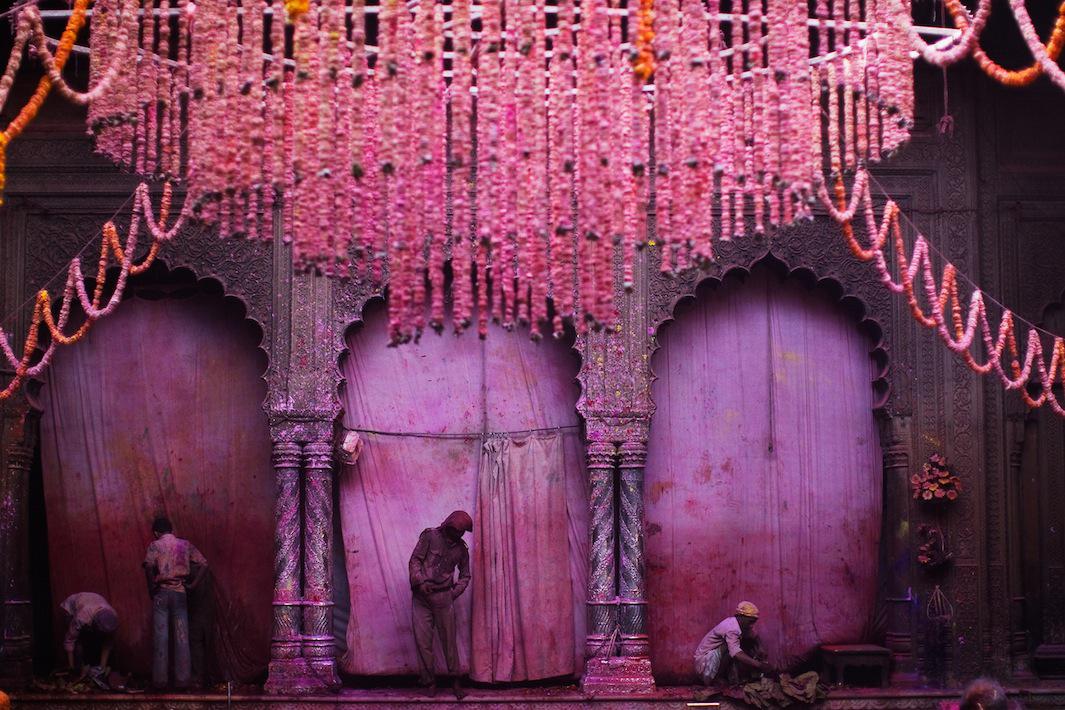
Daniel Berehulak/Getty Images
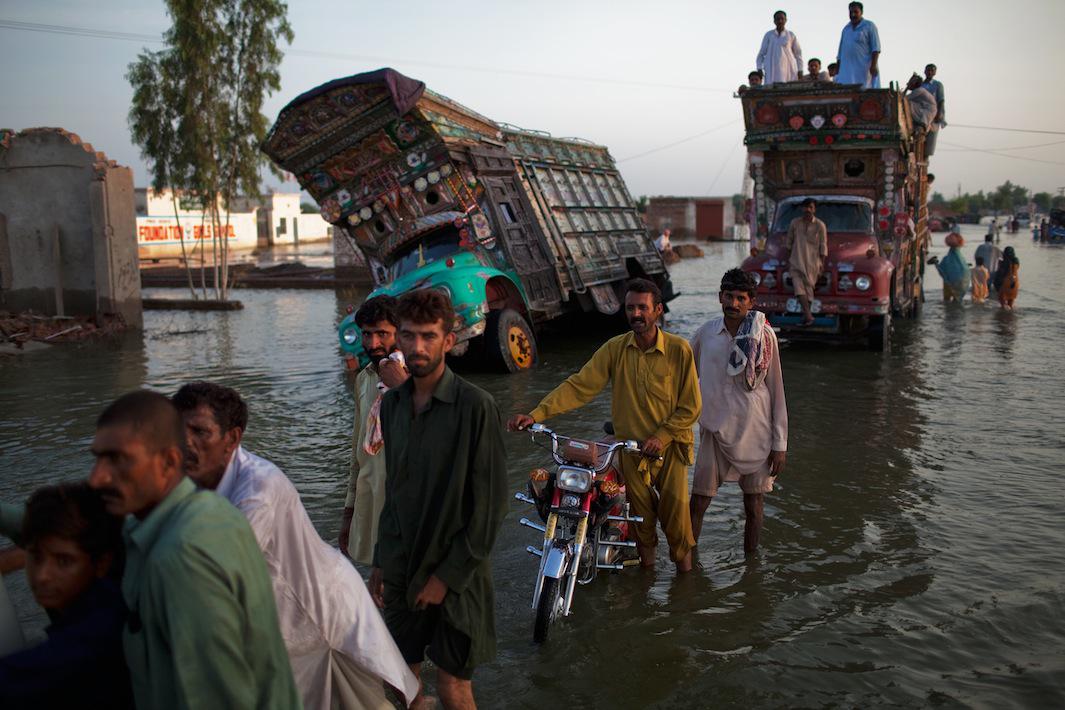
Daniel Berehulak/Getty Images

Daniel Berehulak/Getty Images
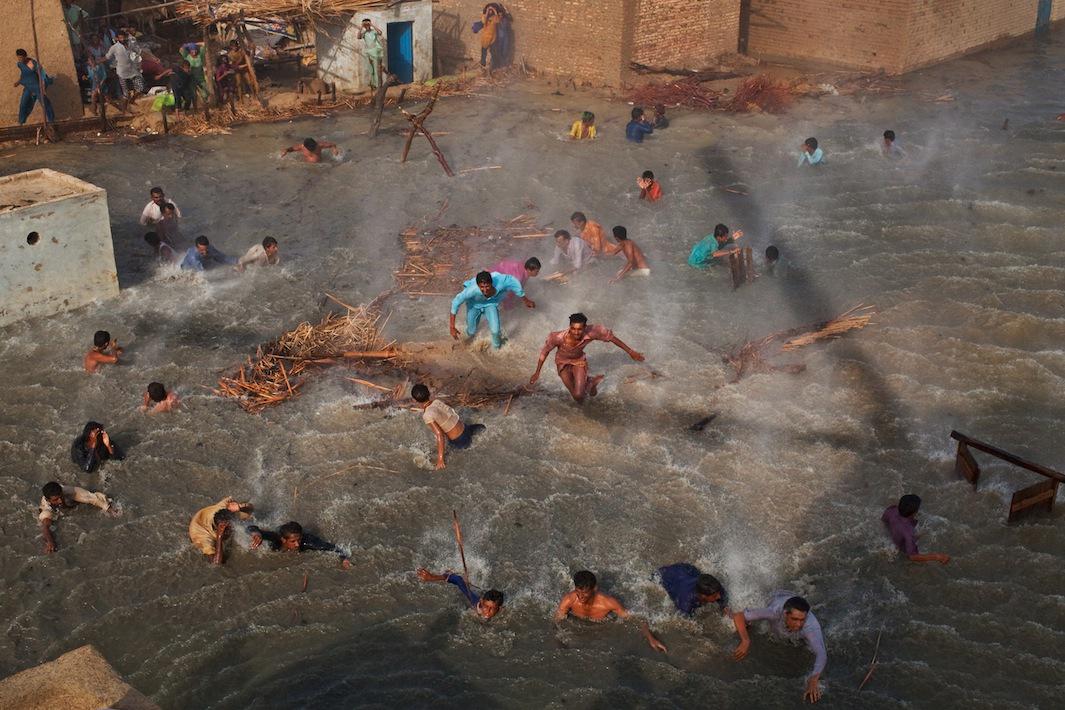
Daniel Berehulak/Getty Images
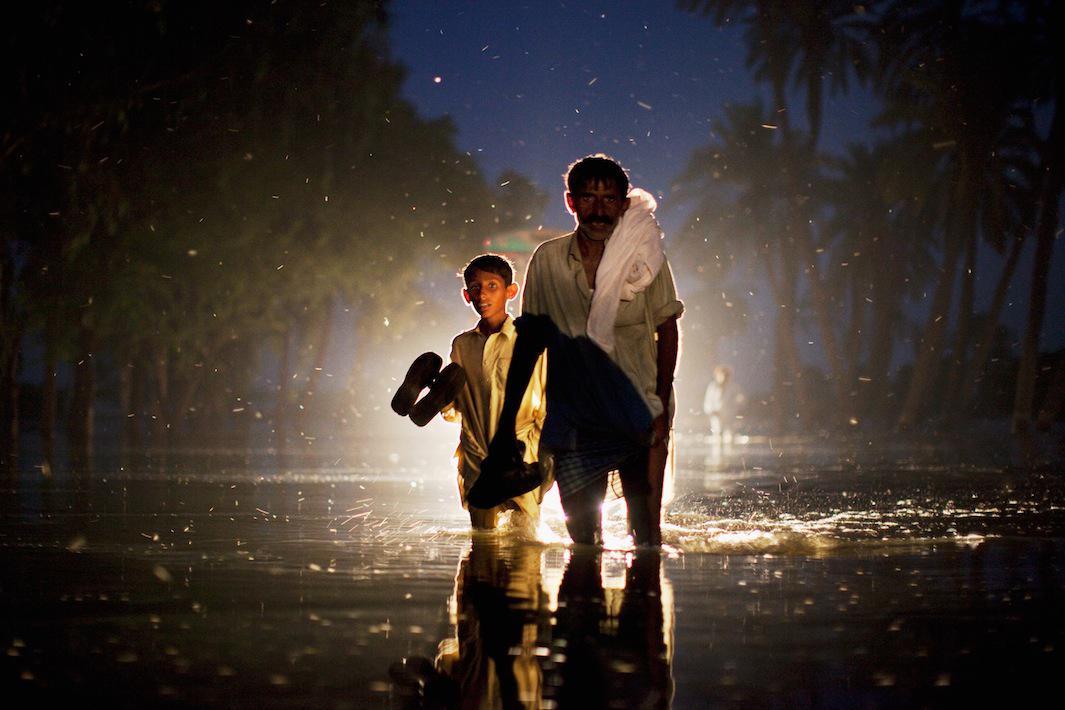
Daniel Berehulak/Getty Images
The images in the Site 109 Gallery exhibition capture devastating events, including the 2010 flooding in Pakistan that affected as many as 20 million people, and the growth of dangerous and illegal coal mining in India. The photos also capture moments of joy, including colorful images from the Hindu festival Holi, which Berehulak first photographed in 2010. “It’s one of the most grueling things that someone can photograph. With the color and paint flying around, you get it in your eye sockets. You’re cleaning it off your body for weeks,” he said. “You lose at least one camera body and one lens every time. It took me three years to go back and photograph it again. The second time, I was jumped by 10 guys in an alley.”
Berehulak’s work has earned him three World Press Photo awards, the Overseas Press Club’s John Faber award and, recently, the Chris Hondros Award. Still, the 38-year-old feels each new assignment is an opportunity to grow. “I’m always learning more about how to relate to people, how to hear their stories or record their stories in different ways, how to negotiate my way through different environments and cultural settings,” he said.
While his work documents some of the most heartbreaking and violent elements of life, Berehulak’s experiences have not shaken his belief in goodness or his desire to capture it with his camera. “A lot of people tend to focus on the brutal realities and we certainly need to photograph that but it’s also important to photograph the other side of that, the aspects that show the universal bond between people, what everyone goes through despite the hardships, the moments of happiness,” he said.
The exhibition, “Daniel Berehulak: Afghanistan, India and Pakistan,” is on view at Site 109 Gallery until June 27.
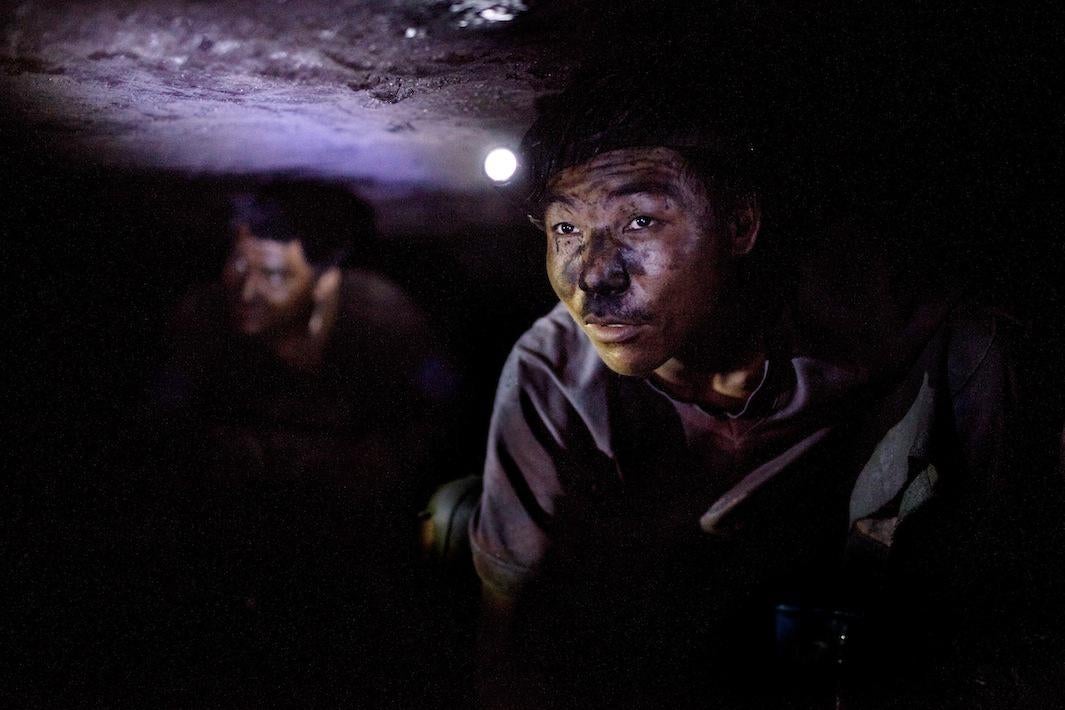
Daniel Berehulak/Getty Images
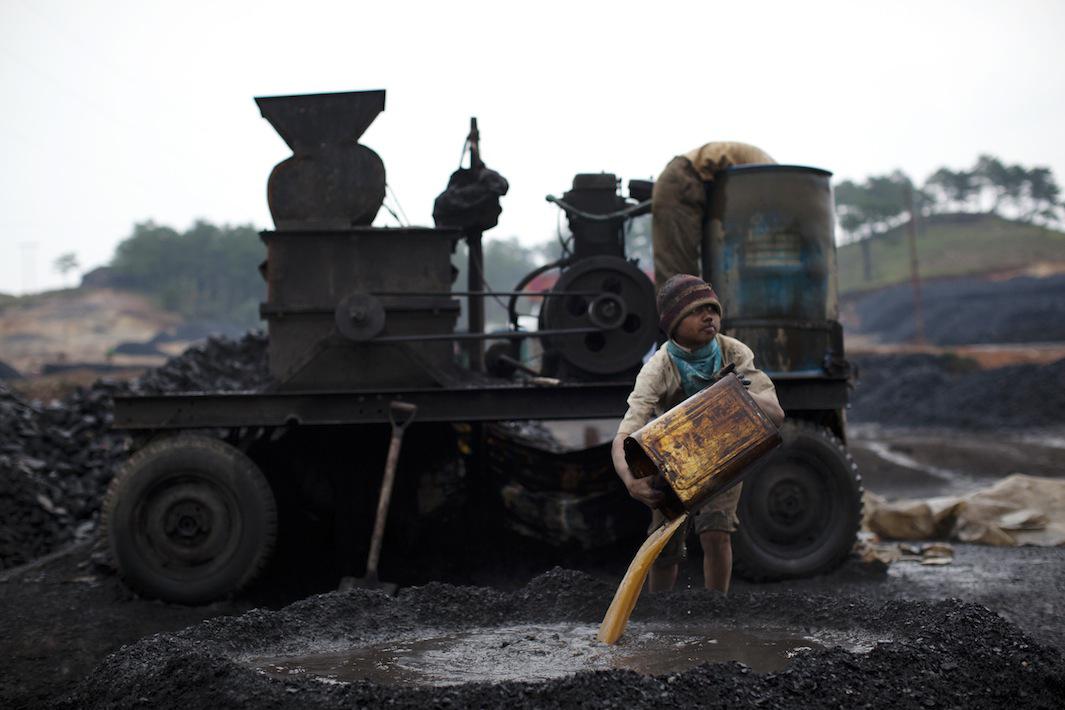
Daniel Berehulak/Getty Images

Daniel Berehulak/Getty Images
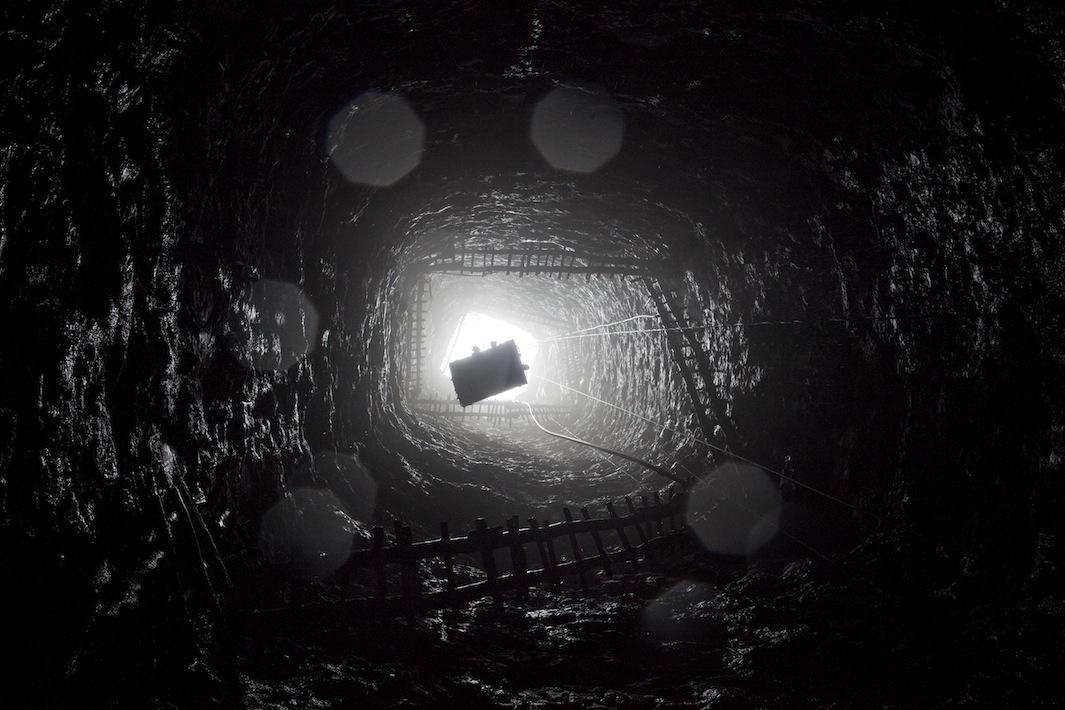
Daniel Berehulak/Getty Images
